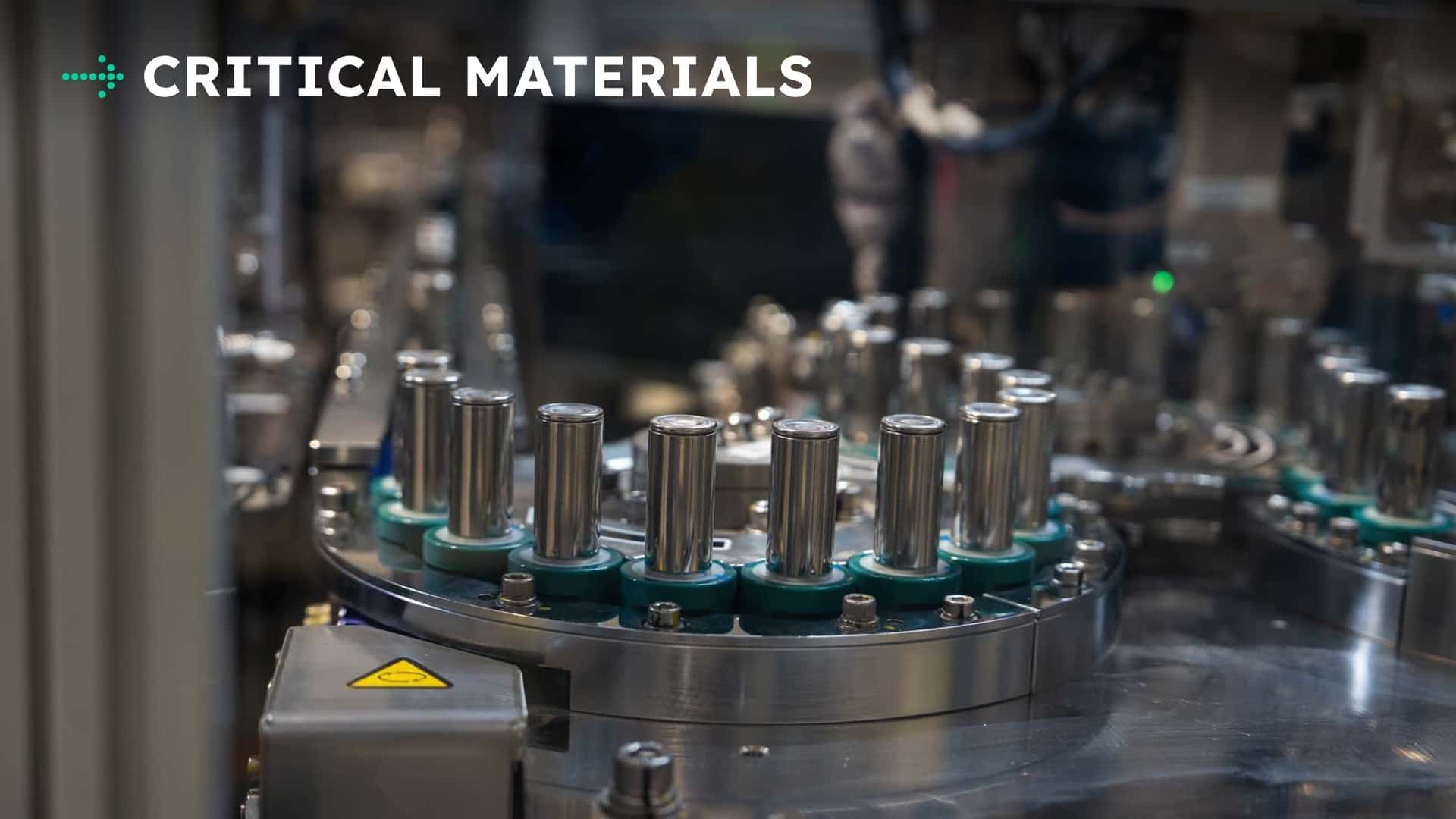
"About five years ago, there was no such thing as "too many batteries." Now the world's battery production capacity is badly out of sync with demand. Chinese manufacturers are part of the story, but so is the deliberate throttling of EV sales in North America after favorable policies were rolled back. Here are some numbers. The global EV battery production capacity is expected to hit 3,930 gigawatt hours this year, while demand is forecast at just 1,161 GWh, according to S&P Mobility data cited by ."
"The production surge is led by Contemporary Amperex Technology Limited (CATL), the world's biggest battery maker, followed by BYD, the largest EV and plug-in hybrid manufacturer, according to Korea's SNE Research. Japanese and Korean players that once dominated lithium-ion cell production are losing their global share. An EV battery has anodes, cathodes, separators and electrolytes. The anode stores ions when charging; the cathode receives them when discharging and dictates much of the battery's performance, capacity, voltage, density and lifespan."
Global EV battery production capacity has surged well ahead of demand, creating a multi-fold overcapacity. Production capacity is expected to reach about 3,930 GWh this year while demand is forecast near 1,161 GWh, excluding undisclosed under-construction Chinese plant capacity. The surge is led by CATL and BYD, with Japanese and Korean firms losing market share. North American EV sales were deliberately throttled after favorable policies were rolled back, contributing to demand weakness. Battery construction includes anodes, cathodes, separators, and electrolytes; anodes store ions when charging and cathodes receive ions when discharging, affecting performance and lifespan.
Read at InsideEVs
Unable to calculate read time
Collection
[
|
...
]